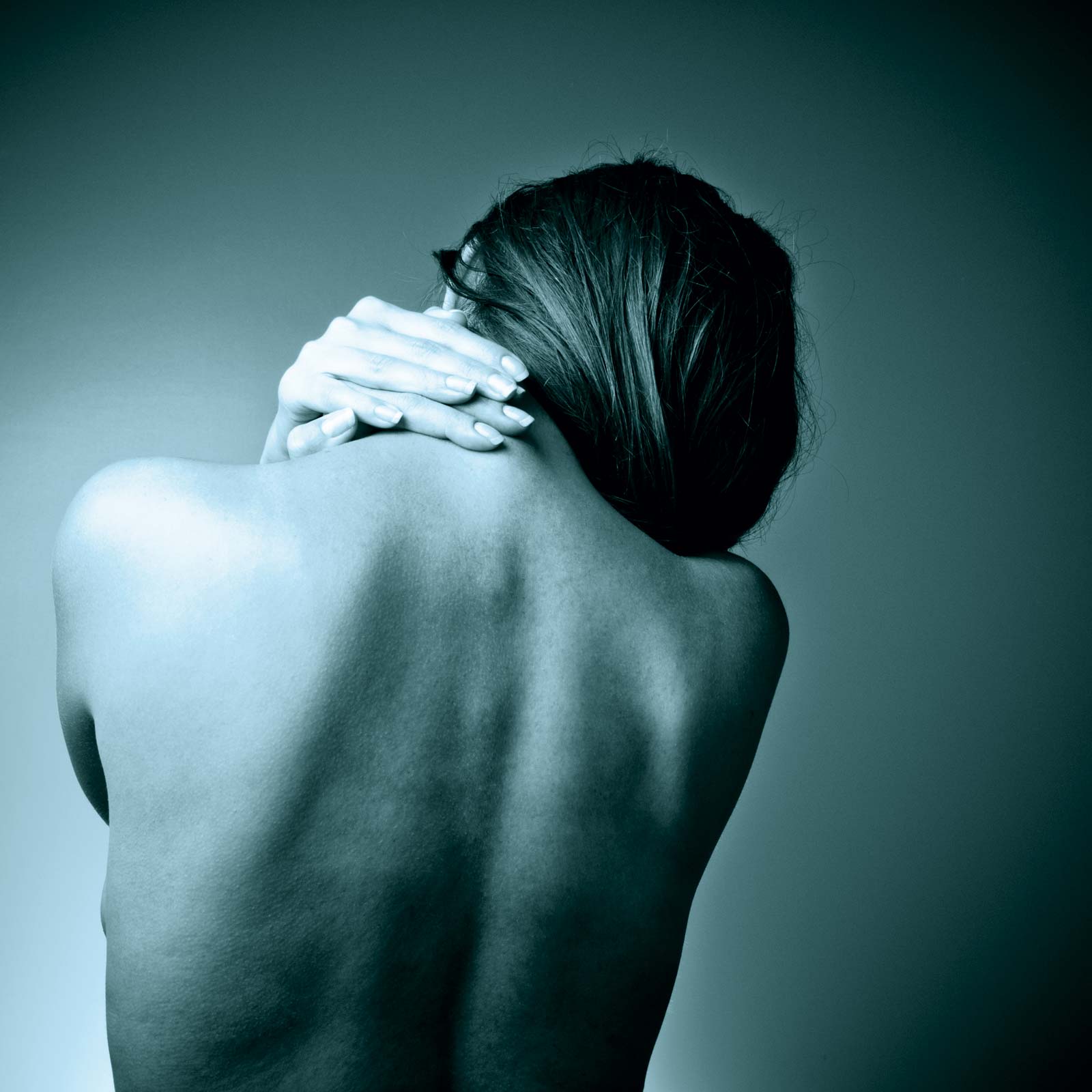SHOULDER INSTABILITY (TRAUMATIC OR HABITUAL)
Voluntary dislocation of the shoulder in male 16 years old
The shoulder is the most moveable joint in your body. Direct or indirect violence can cause the humeral head to dislocate from the glenoid. A critical factor is whether the dislocation was caused by adequate trauma or a particular movement. Differentiating between a traumatic and nontraumatic etiology has an important bearing on further management.
Once a shoulder has dislocated, it is vulnerable to repeat episodes. When the shoulder is loose and slips out of place repeatedly, it is called chronic shoulder instability. The shoulder joint can dislocate forward, backward, or downward. A common type of shoulder dislocation is when the shoulder slips forward (anterior instability). This means the upper arm bone moved forward and down out of its joint. It may happen when the arm is put in a throwing position.
Cause
There are three common ways that a shoulder can become unstable:
Shoulder instability often follows an injury that caused the shoulder to dislocate. This initial injury is usually fairly significant, and the shoulder must be reduced. To reduce a shoulder means it must be manually put back into the socket. The shoulder may seem to return to normal, but the joint often remains unstable. The ligaments that hold the shoulder in the socket, along with the labrum (the cartilage rim around the glenoid), may have become stretched or torn. This makes them too loose to keep the shoulder in the socket when it moves in certain positions. An unstable shoulder can result in repeated episodes of dislocation, even during normal activities. Instability can also follow less severe shoulder injuries.
In some cases, shoulder instability can happen without a previous dislocation. People who do repeated shoulder motions may gradually stretch out the joint capsule. This is especially common in athletes such as baseball pitchers, volleyball players, and swimmers. If the joint capsule gets stretched out and the shoulder muscles become weak, the ball of the humerus begins to slip around too much within the shoulder. Eventually this can cause irritation and pain in the shoulder.
A genetic problem with the connective tissues of the body can lead to ligaments that are too elastic. When ligaments stretch too easily, they may not be able to hold the joints in place. All the joints of the body may be too loose. Some joints, such as the shoulder, may be easily dislocated. People with this condition are sometimes referred to as double-jointed.
Symptoms
Acute anterior dislocation
The arm is held in a position of slight abduction. The patient complains of very severe pain. The contour of the shoulder differ from the unaffected side.
Recurrent dislocation
The patient gives a prior history of an initial dislocation. It is important to establish whether the prior dislocation could be easily reduced or whether it required reduction under general anesthesia. The latter indicates a traumatic etiology of the initial dislocation.


